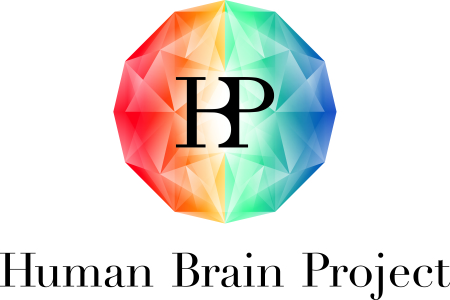Development of new technologies sometimes draws inspiration from nature. How do plants and animals solve the problem? An example is robotics, where one wants to develop better robots based on what neuroscience knows about the brain. How does the brain solve the problem?
Neuroscience, in turn, sees new opportunities to test hypotheses about the brain by simulating them in robots. Perhaps one can simulate how areas of the brain interact in patients with Parkinson’s disease, to understand how their tremor and other difficulties are caused.
Neuroscience-inspired robotics, so-called neurorobotics, is still at an early stage. This makes neurorobotics an excellent area for being ethically and socially more proactive than we have been in previous technological developments. That is, we can already begin to identify possible ethical and social problems surrounding technological development and counteract them before they arise. For example, we cannot close our eyes to gender and equality issues, but must continuously reflect on how our own social and cultural patterns are reflected in the technology we develop. We need to open our eyes to our own blind spots!
You can read more about this ethical shift in technology development in an article in Science and Engineering Ethics (with Manuel Guerrero from CRB as one of the authors). The shift is called Responsible Research and Innovation, and is exemplified in the article by ongoing work in the European research project, Human Brain Project.
Not only neuroscientists and technology experts are collaborating in this project to develop neurorobotics. Scholars from the humanities and social sciences are also involved in the work. The article itself is an example of this broad collaboration. However, the implementation of responsible research and development is also at an early stage. It still needs to find more concrete forms of work that make it possible not only to anticipate ethical and social problems and reflect on them, but also to act and intervene to influence scientific and technological development.
From being a framework built around research and development, ethics is increasingly integrated into research and development. Read the article if you want to think about this transition to a more reflective and responsible technological development.

Written by…
Pär Segerdahl, Associate Professor at the Centre for Research Ethics & Bioethics and editor of the Ethics Blog.
Aicardi, C., Akintoye, S., Fothergill, B.T. et al. Ethical and Social Aspects of Neurorobotics. Sci Eng Ethics 26, 2533–2546 (2020). https://doi.org/10.1007/s11948-020-00248-8
Approaching future issues












Recent Comments